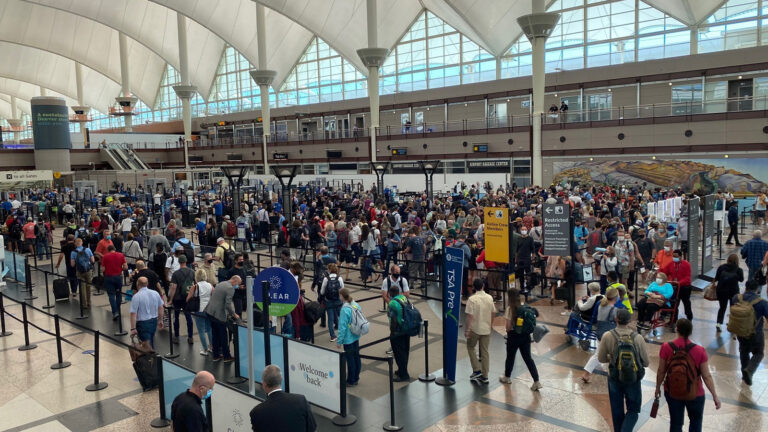Stay Up to Date
Submit your email address to receive the latest industry and Aerospace America news.
The Air Transportation Systems Technical Committee fosters improvements to air transportation systems and studies the impacts of new aerospace technologies.
In October, the International Air Transport Association projected a $51.8 billion net loss for the global airline industry this year due to the ongoing covid-19 pandemic, after a $126 billion net loss in 2020. By comparison, global airline industry profits were $26 billion in 2019 and $27 billion in 2018. One bright spot for the industry was air cargo, which continued to experience strong demand this year, comprising one-third of revenues compared to 10%-15% pre-pandemic. In addition, domestic air travel rebounded, especially in the United States, where summer domestic bookings recovered to 85% of 2019 levels, compared to 36% of 2019 levels in 2020. However, in August, IATA cautioned that the rapid spread of the delta variant of covid-19 has increased the risk to continued airline financial recovery.
The faster-than-expected recovery of domestic air travel in the United States led to challenges that had not been fully resolved as of the end of September. For example, there was a pilot shortage because airlines encouraged early retirements and leaves of absence at reduced pay to cut costs. The latter, combined with airlines changing the composition of their fleets, resulted in an ongoing backlog of training to get pilots in the cockpit. The shortage of pilots prevented airlines from having the backup margin necessary to recover from weather, technical and other disruptions as quickly as they had been able to pre-pandemic.
Unrelated to the pandemic, U.S. airlines started flying their Boeing 737 MAX aircraft again following the FAA’s approval in November 2020 for the aircraft to return to service. However, in April, Boeing announced issues with the electrical grounding inside a backup power control system that resulted in the grounding of 106 aircraft worldwide and more than 60 aircraft in the United States. The following month, though, the FAA approved a fix that the airlines were able to implement in time for the summer travel season.
Beyond traditional air transportation, progress was made toward the integration of small uncrewed aircraft systems into the national airspace system. In January, the FAA approved American Robotics to conduct the first commercial drone flights without on-site personnel. Although a human operator is still required to perform preflight safety checks, the drone is permitted to conduct automated flight to achieve missions. This represents another step toward fully autonomous drone flights for missions, including search and rescue, infrastructure inspection and package delivery.
Progress was also made toward the integration of advanced air mobility vehicles, such as two- to six-passenger electric vertical takeoff and landing aircraft, into the national airspace system. From Aug. 30 through Sept. 10, Joby Aviation remotely flew the prototype of its S4 eVTOL aircraft at its Electric Flight Base near Big Sur, California. These activities are part of NASA’s Advanced Air Mobility National Campaign, which will take place at multiple locations across the country over the next several years. Joby’s vehicle performance and acoustic data were collected for use in the modeling and simulation of future airspace concepts and the development of FAA regulations, standards and policies.
Stay Up to Date
Submit your email address to receive the latest industry and Aerospace America news.




